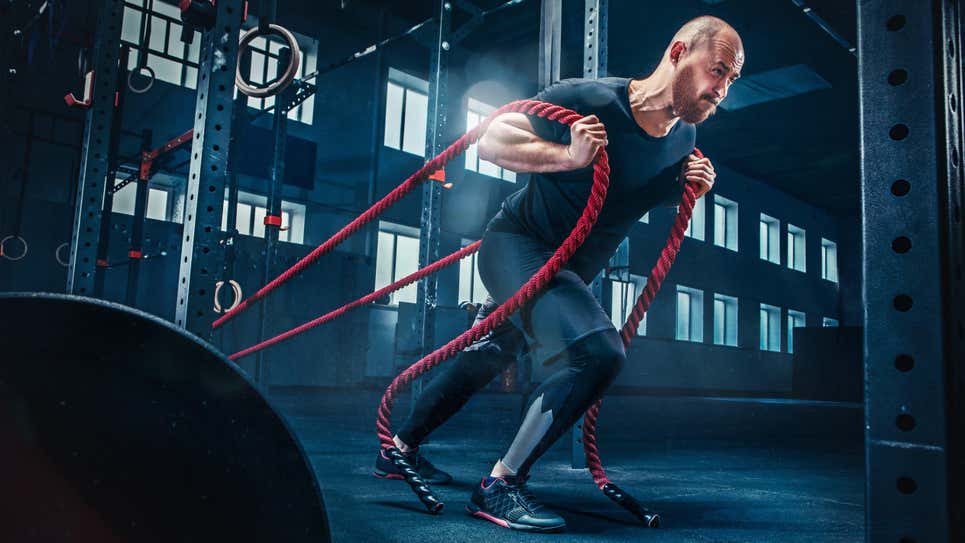
Photo Courtesy: Shutterstock - Master 1305 - Life Hacker

Photo Courtesy: Shutterstock - Master 1305 - Life Hacker
Over the past few decades, “functional” fitness has been seen as everything from a niche practice to a trend to a joke. The styles of training that call themselves “functional” vary as well, from pushups and lunges to work with kettlebells and barbells. So what is functional fitness really?
If you ask somebody who coaches functional fitness, they’ll probably tell you that it’s about doing exercises that will help you in everyday life. Maybe that means doing farmer’s walks with heavy dumbbells so that you’ll be strong enough to carry all the groceries in one trip. Maybe it’s doing hundreds of air squats so you can bend down to pick up your kids. Maybe it’s balancing on a Bosu so you’ll be less likely to slip and fall on an icy sidewalk.
In other words, “functional” can mean any type of exercise that your trainer prefers.
Just when it looked like the functional fitness craze was dying down, it seems more and more gyms and trainers are picking the term back up. But this time, I think something specific is going on: “Functional” is code for “CrossFit-type exercise, but not the CrossFit brand.”
CrossFit is a mix of barbell training, gymnastics and calisthenics moves, and cardio. Workouts may involve skill practice, strength training, and most famously timed “WODs” (workouts of the day) that require cardio fitness to power through.
But the name CrossFit is trademarked, and it’s tied to a specific company, and that company has some unpleasant things in its history. What do you do if you like the style of workout but you don’t want to do CrossFit CrossFit? You call it something else.
The idea of training to be better at everyday life is not a bad one. We all need strength and mobility to exist as a human being without complaining about our knees and our backs all the time, and that goes double as we age.
But do you need a specific type of exercise to do that? Not really. Plain old boring barbell squats might not be “functional” in some people’s eyes, but they still build a ton of leg strength to help you pick up your kids. Anything that improves some aspect of your fitness is going to be helpful to you in everyday life.
If you want to take a lesson from the world of functional fitness, let it be that you’re not limited to any stereotype of fitness. Balance training can be fun and helpful; so can grip training, and core training, and interval cardio training, and all kinds of things you might not normally think to do in the gym. Learning new skills is an exercise for your brain, as well as your body, and it’s a worthwhile one, too—even if you’ll never find a “functional” use for something like handstand pushups.
Author: Beth Skwarecki
Originally published – Life Hacker